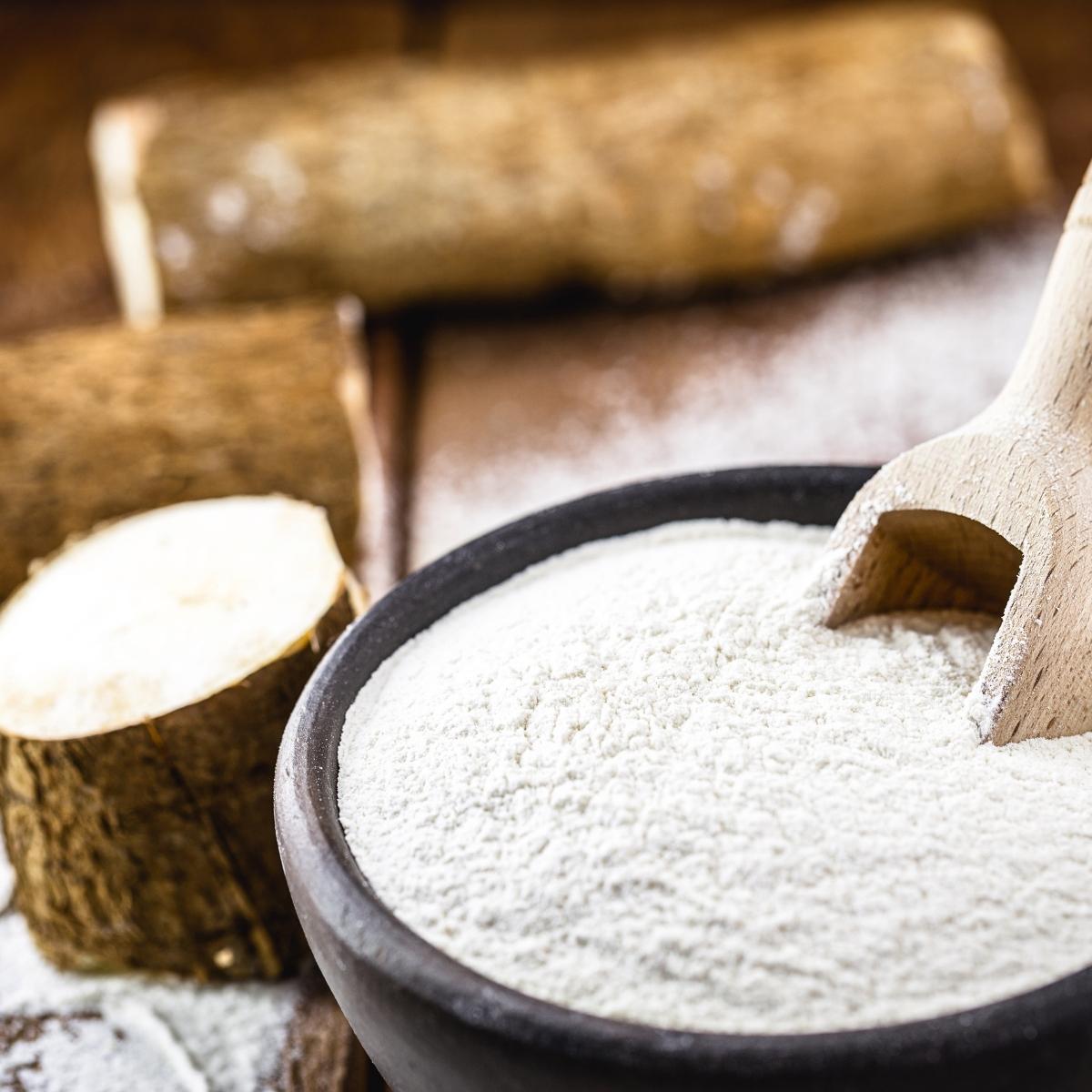Best Cornflour Substitutes (15 Best Corn Flour Alternatives)
Are you looking for cornflour substitutes? Find out how you can use other flours and starches to replace corn flour in recipes.
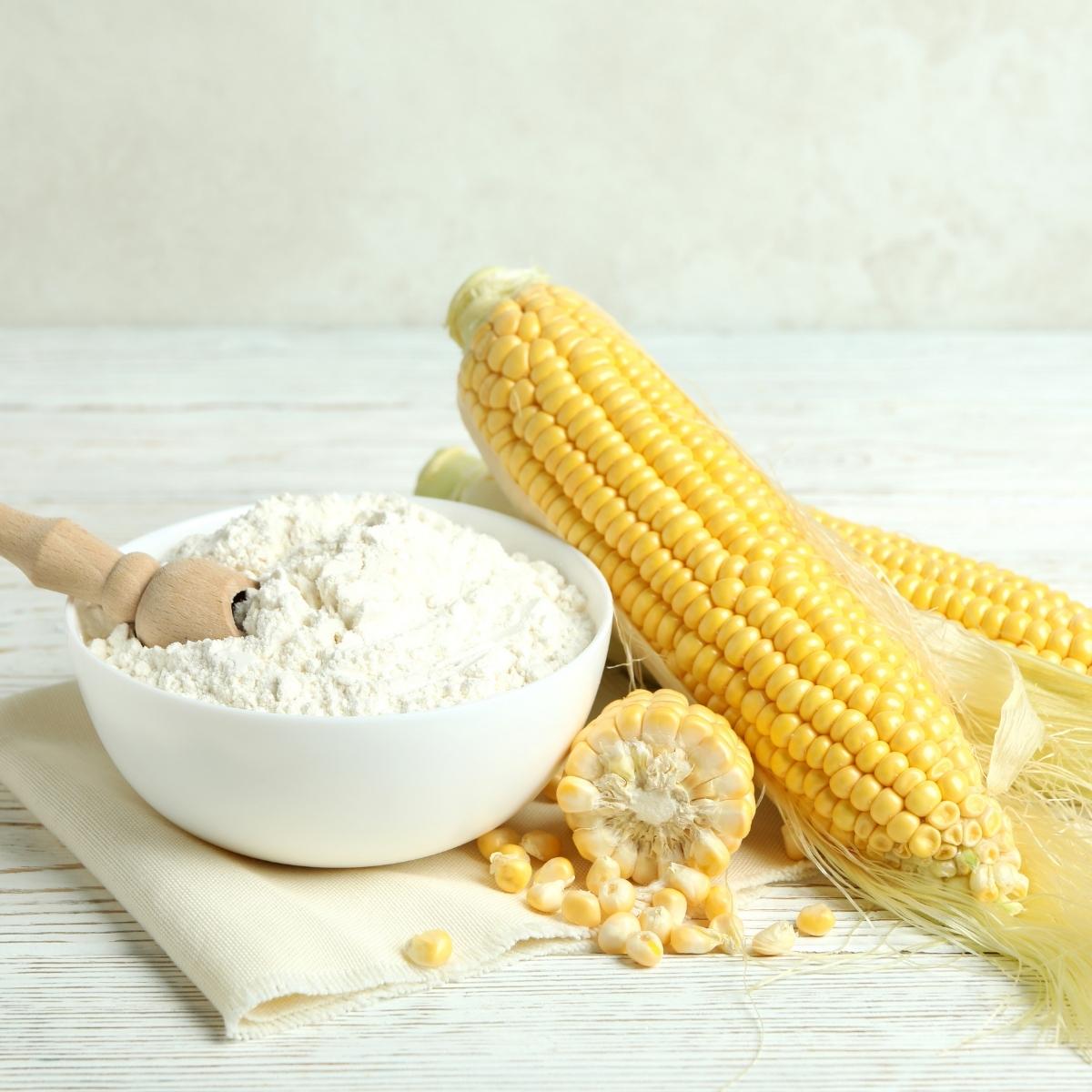
It’s a bit of a letdown when you’re out for a grocery run, to buy essentials for your home – kitchen ingredients, cleaning stuff, and other necessities—but then you get to your local market, and the things on your shopping list aren’t available. Or when you’re right in the middle of whipping up a snack and realize you’re missing ingredients.
🌽 Cornflour: Uses and Flavors
One kitchen essential is corn (maize) flour, which you would find in your pantry more often than not. It’s a versatile ingredient for cooking and baking, even breading for deep frying foods that give it that extra crisp. It’s also a perfect thickener for sauces, gravy, stews, and soups—without messing with the flavor profile too much. It’s a type of flour that is milled from dried corn kernels, with a fine and smooth texture that carries some of that familiar corn flavor and taste.
Cornflour is also naturally gluten-free and good for those with celiac disease or on a gluten-free diet.
If you’ve worked your kitchen for some time (and even if you haven’t had much kitchen time at all!), you know that you can always find suitable substitutes. So the next time you need to serve up some baked goods like corn bread or corn muffins or other dishes, and the market simply ran out of cornflour (aka maize flour), here are the best corn flour substitutes!
📖 15 Best Substitutes for Corn Flour
1. Cornstarch
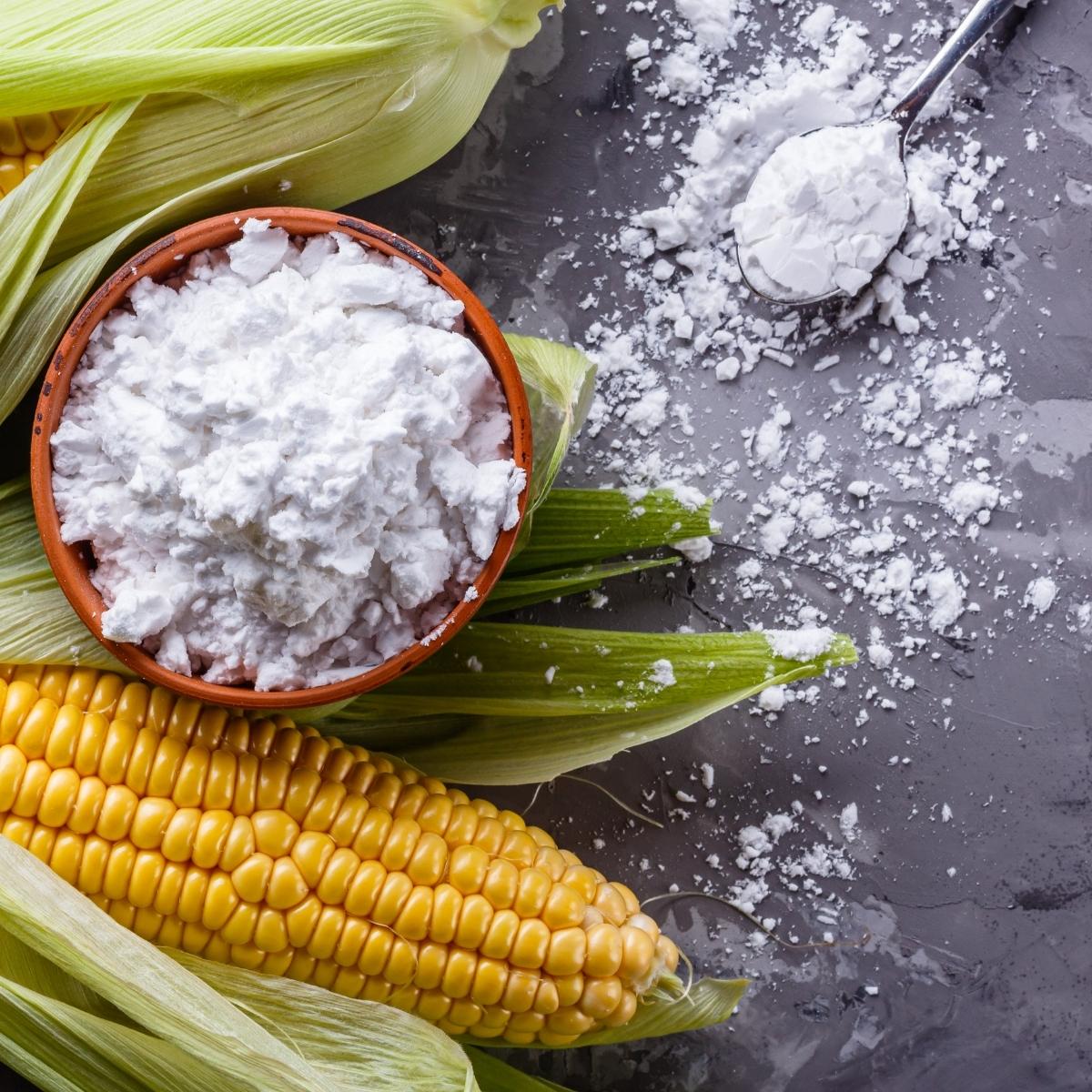
Though not exactly the same as cornflour, this comes pretty close and is a very common substitute. Both are made from corn, but cornstarch is a more refined white powder with a very fine texture, less the protein and fiber of entire corn kernels. Use cornstarch as you would corn flour, in the same ratio, but you might need to season it a bit more than you would with cornflour, as it loses that corn flavor during the refining process.
2. Cornmeal
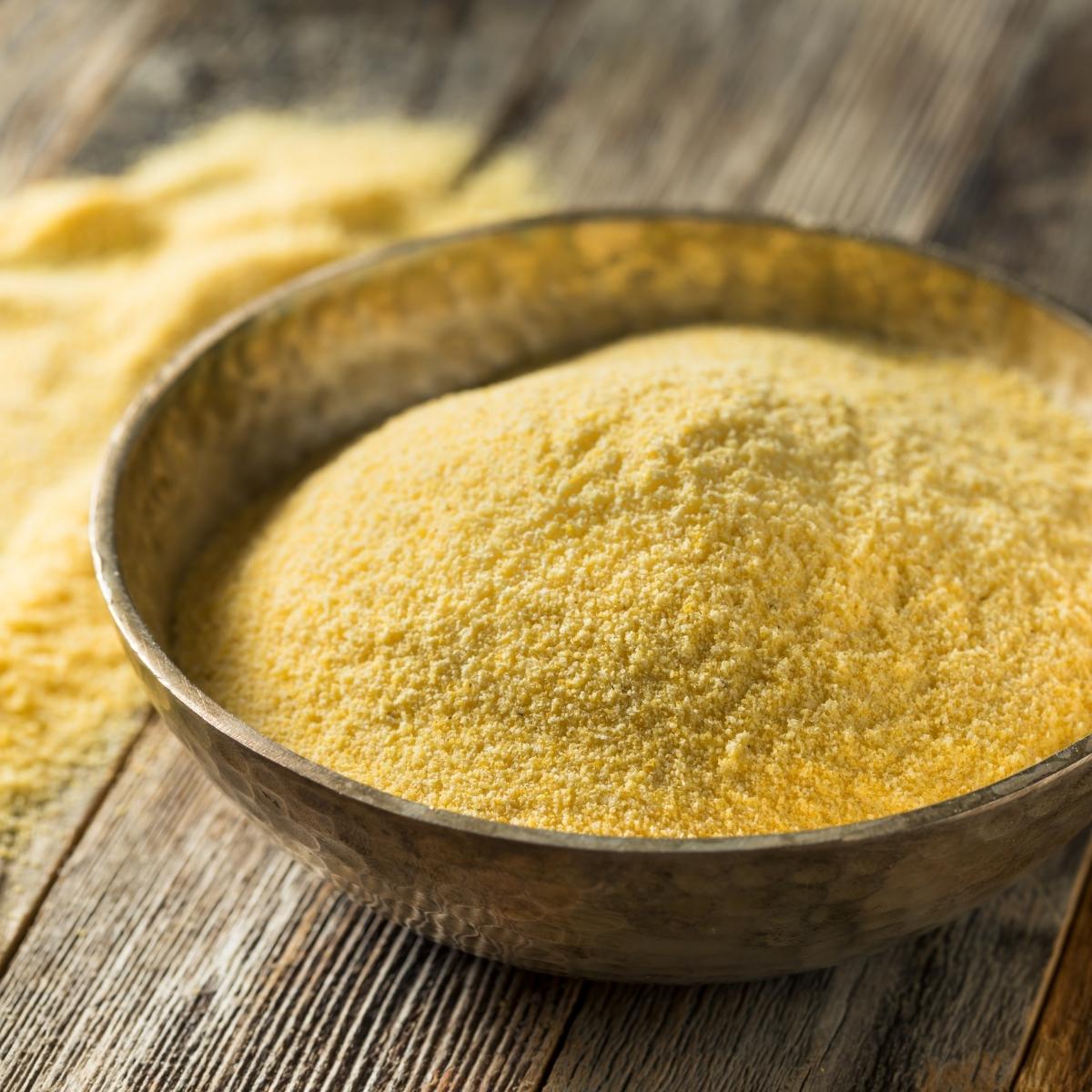
Also made from corn, corn meal is different only in terms of consistency. Cornmeal is grittier, adding a bit more texture and crunch to your recipes. It is also more nutritious as it contains more of the nutrients saved from the milling process. This is a good option if that corn taste that comes from corn products is essential to the recipe you are making.
3. All-Purpose Flour
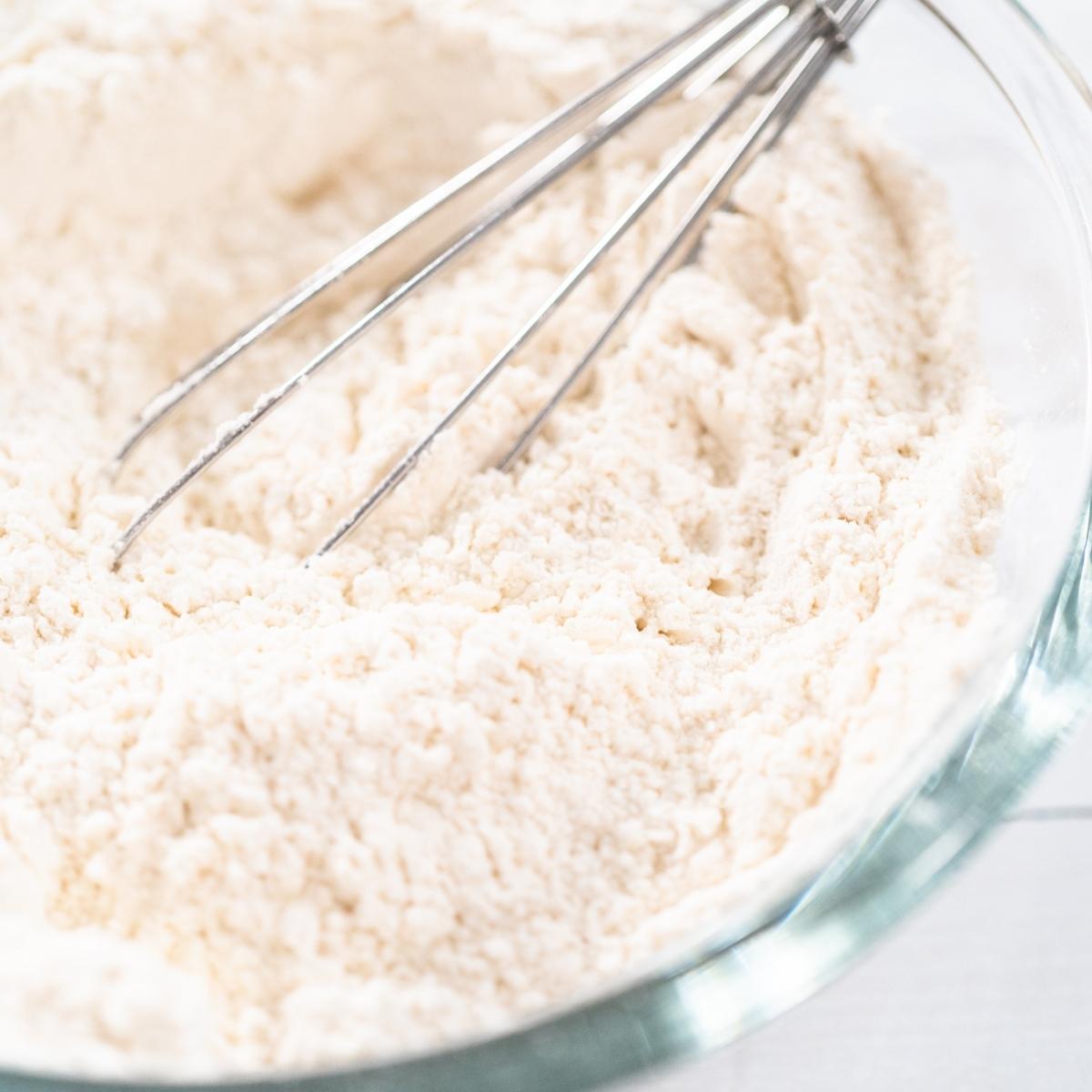
All-purpose flour, or APF, may be used as a great substitute since it has a similar composition. This is relevant whether you use conventional all-purpose flour or a gluten-free all purpose flour blend. It also easily found in most grocery stores.
4. White Rice Flour
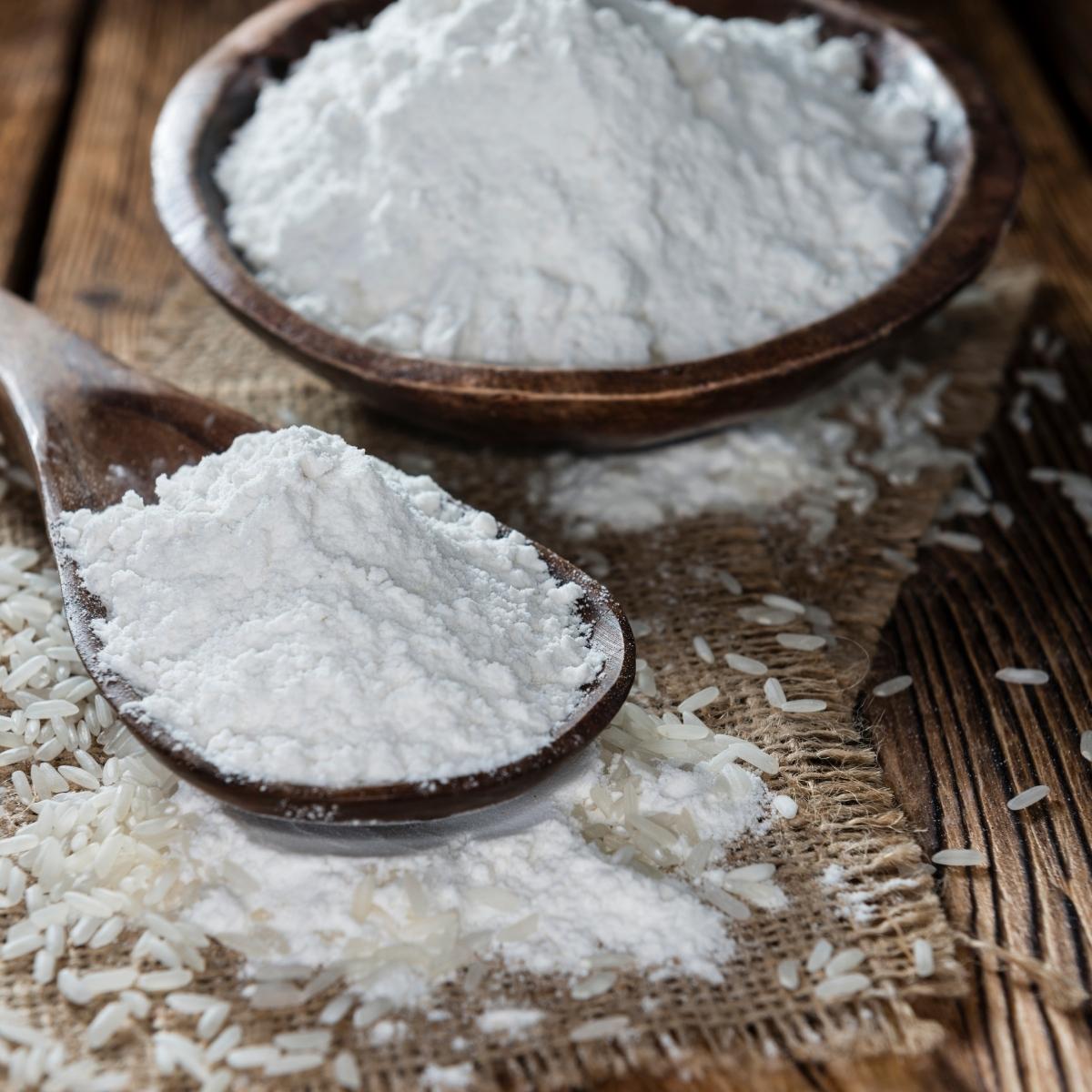
In case cornflour is not available, you can use white rice flour instead. It works a great thickener, not unlike cornflour, as it has a high starch content. Just know that it is a tad more expensive than corn flour. Some cooks say that white rice flour is simpler or more “forgiving” to use than corn flour, though you will want to use less liquid with white rice flour than you would in a recipe with cornflour and use also more rice flour. For every tablespoon of corn flour a recipe calls for, you will use 2 tablespoons of white rice flour.
5. Tapioca Flour
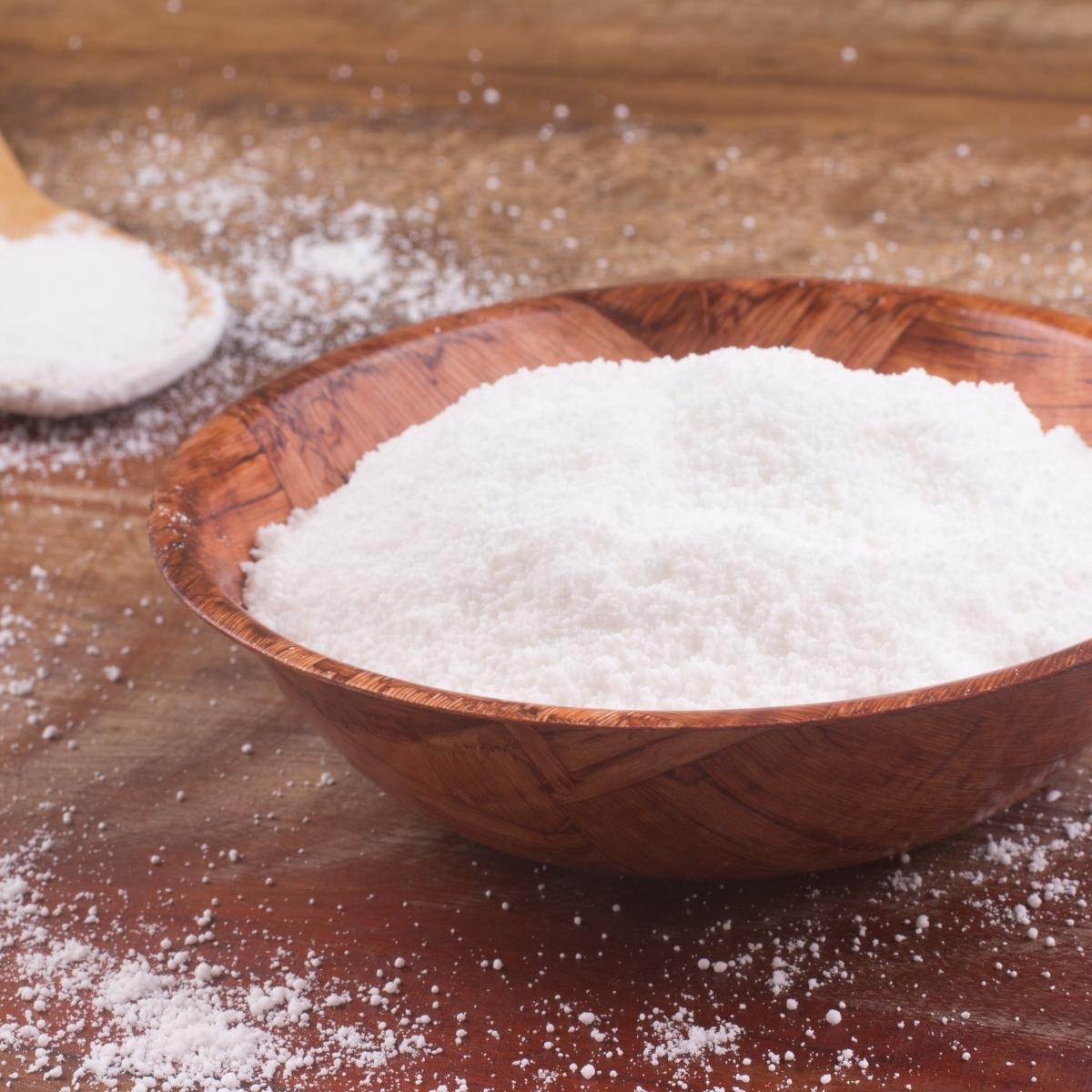
If you are on a gluten-free diet, tapioca flour, also known as tapioca starch, is the just the way to go when replacing cornflour. It’s milled from a root crop called cassava, and may be used just as you would use cornflour and yield the same results. This is my top pick for pie fillings in particular.
6. Cassava Flour
Just like tapioca flour, cassava flour is directly milled from the cassava root. The difference with cassava flour is that it actually incorporates the whole cassava root, while the former uses only the starchy parts. Cassava flour, when used as a substitute, provides a slightly more thickening effect than tapioca and comes in a very fine white powder form.
7. Brown Rice Flour
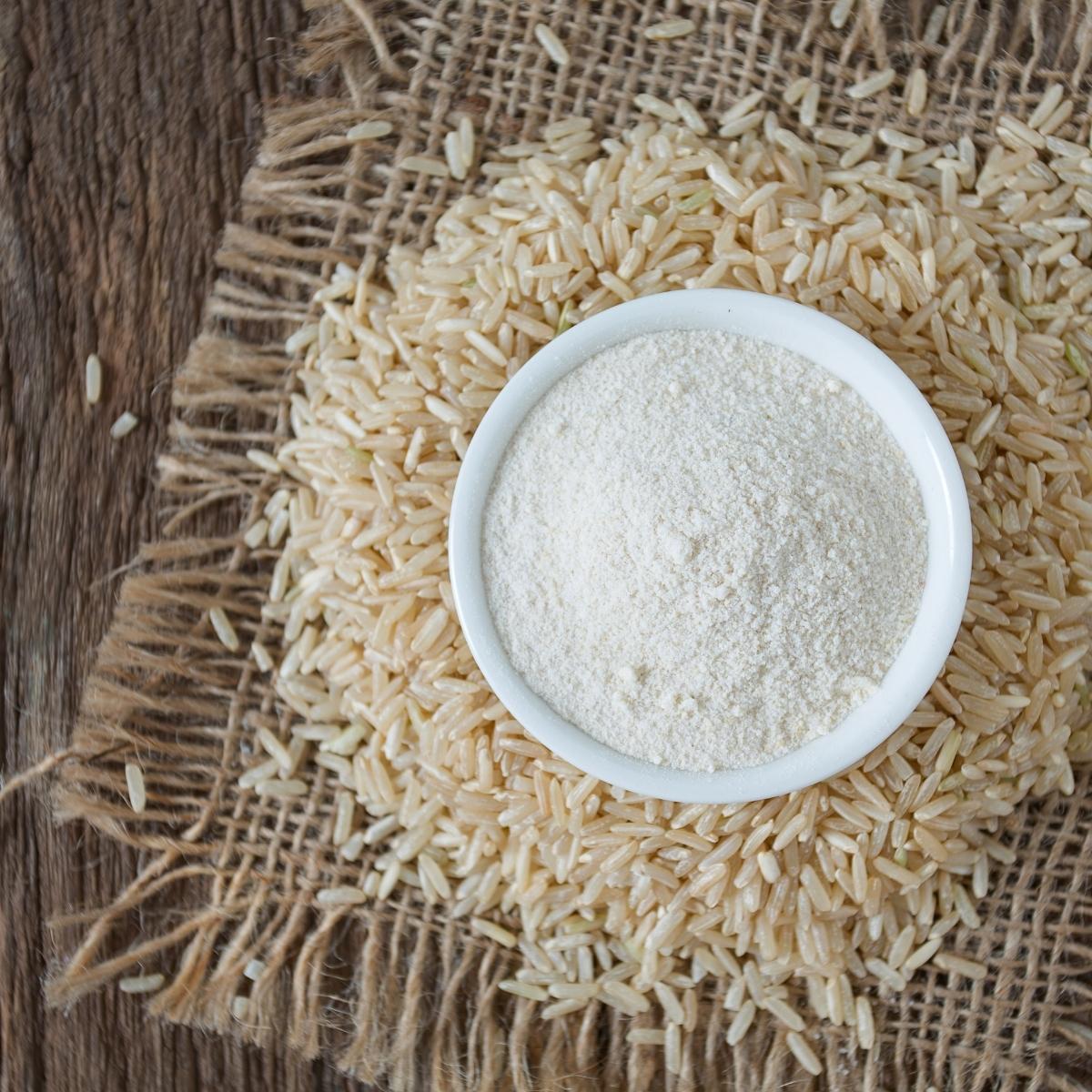
Brown rice flour works as a suitable alternative cornflour substitute in most recipes. It has a similar texture and can be used in the same ratio as cornflour (for every tablespoon of cornflour called for, use 1 tablespoon of rice flour). It also maintains the vitamins and minerals present in brown rice itself.
8. Potato Flour
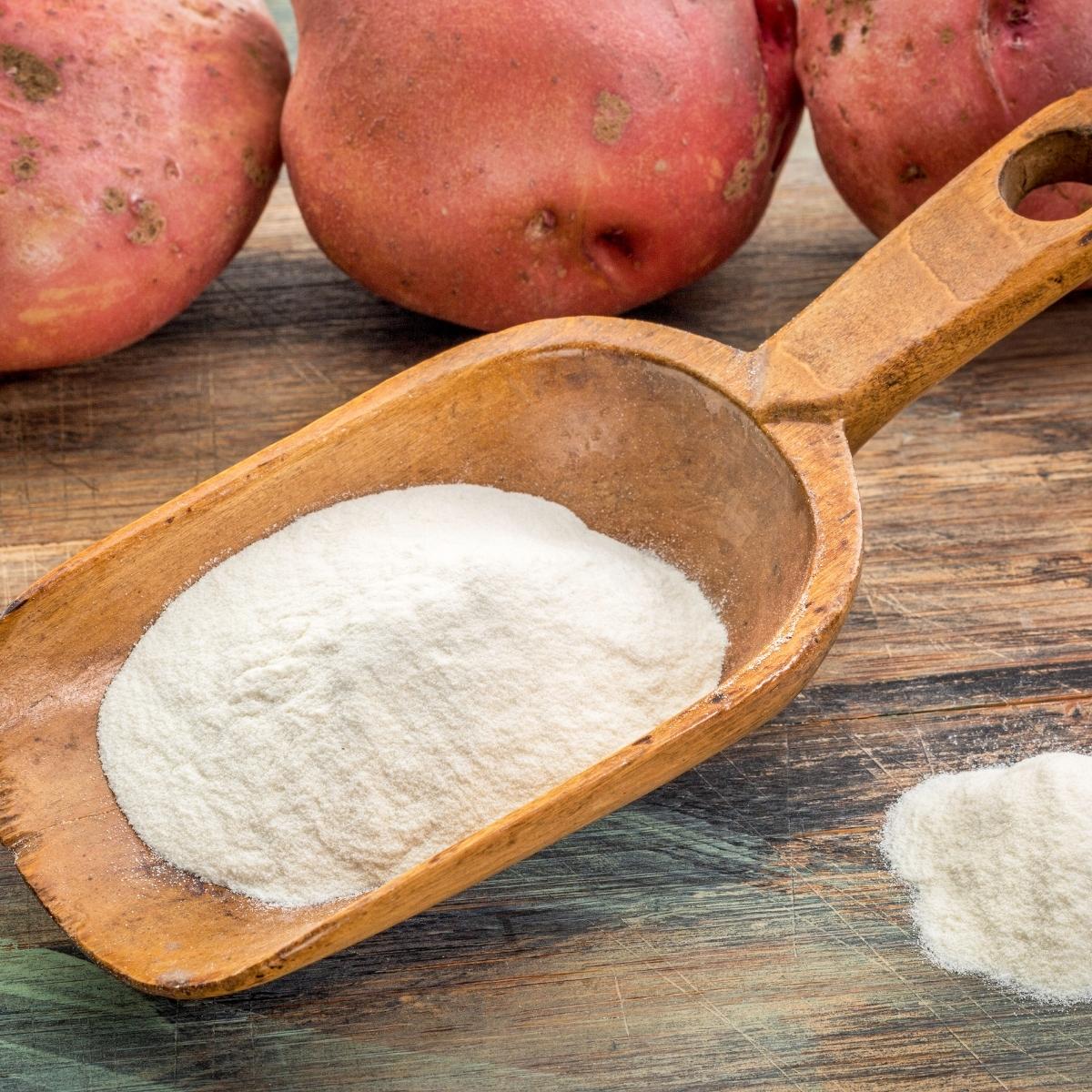
Potato Flour, also known as potato starch, provides the same starch and thickening agent cornflour provides, and is a very fine powder, not unlike tapioca starch. However, do take note that potato flour makes for a thicker consistency than corn flour during the cooking process. It makes a good substitute in a pinch.
9. Arrowroot Powder
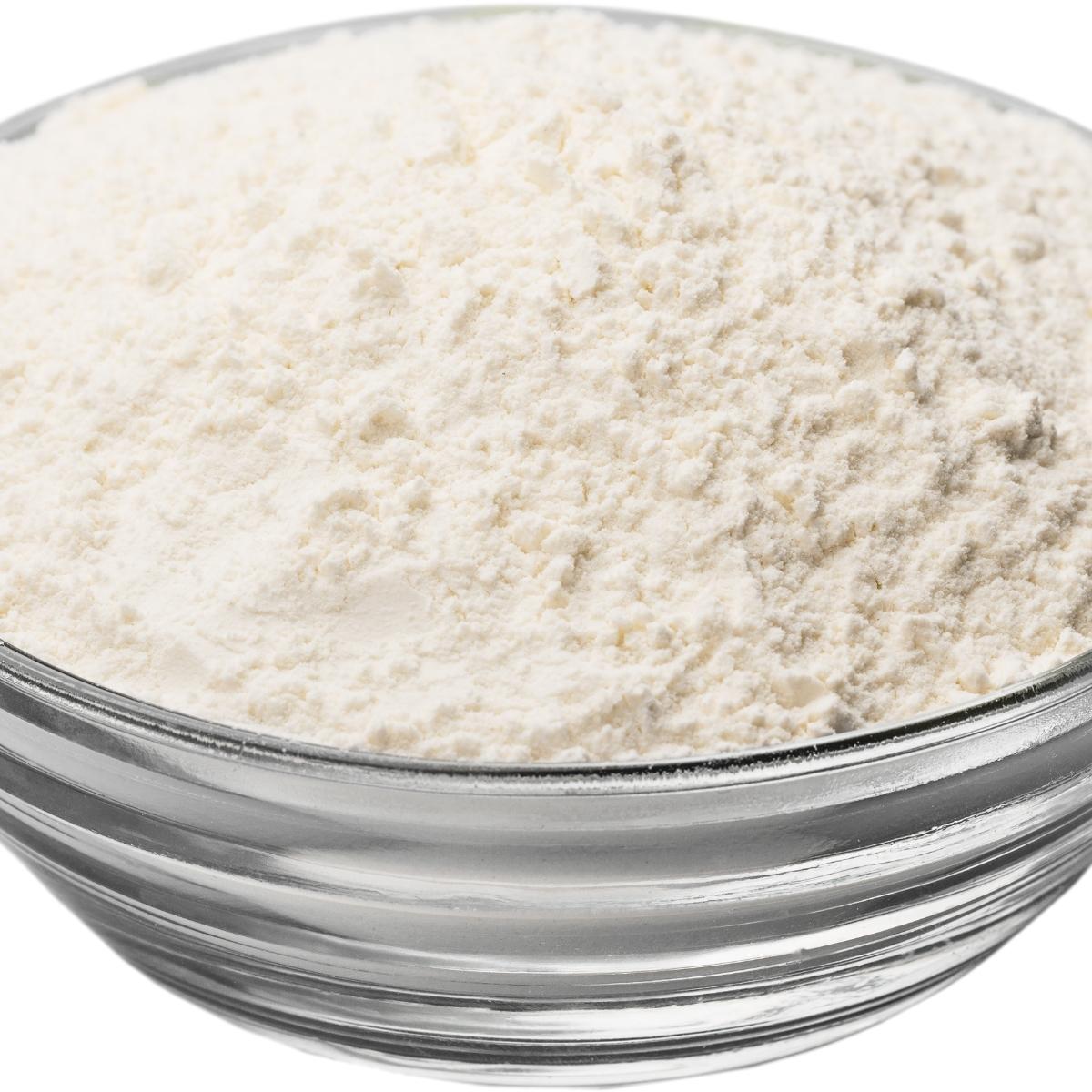
Another gluten-free substitute is arrowroot powder, also known as arrowroot starch (it’s a very starchy powder!). Sourced from another root crop called Maranta arundinacea, it works as a great alternative for cornflour, thanks to its neutral-tasting thickener, as it also lacks the flavor profile of corn flour. The neat thing about it, other than being a gluten-free alternative, is that it also poses less of an allergy risk because it’s grain-free as well.
10. Masa Harina
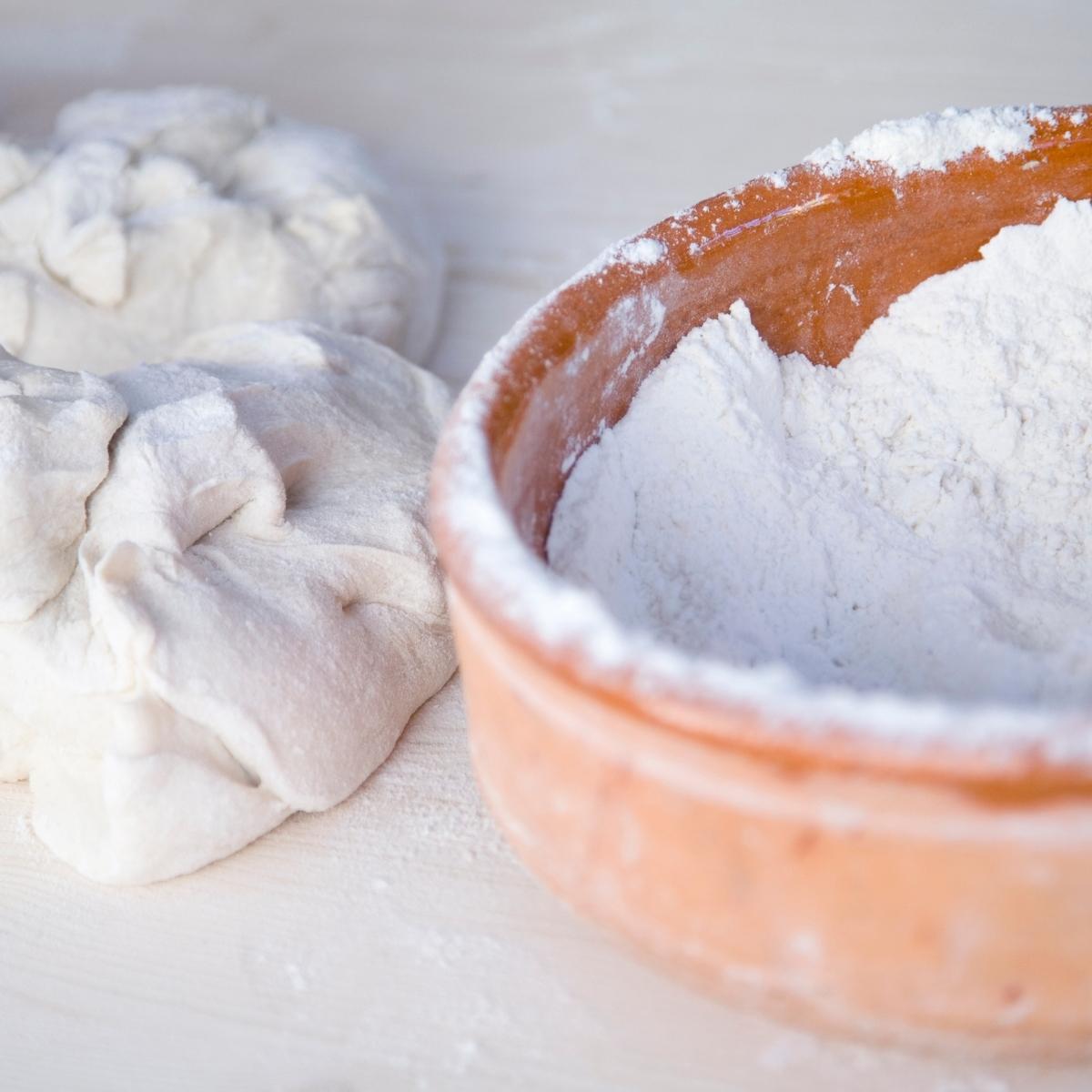
Virtually similar to corn flour in the sense that it is also made from corn, masa harina (literally dough flour in Spanish) is a more flavor packed flour made from nixtamalized corn, meaning the corn is soaked in lime water before processing. If your recipe lends to a more Mexican fare, masa harina is the perfect substitute to make tortillas, tamales and biscuits and can also lend a crunchy texture to fried foods and baked goods. It isn’t as commonly used in the United States, but can still be found in many grocery stores!
11. Sorghum Flour
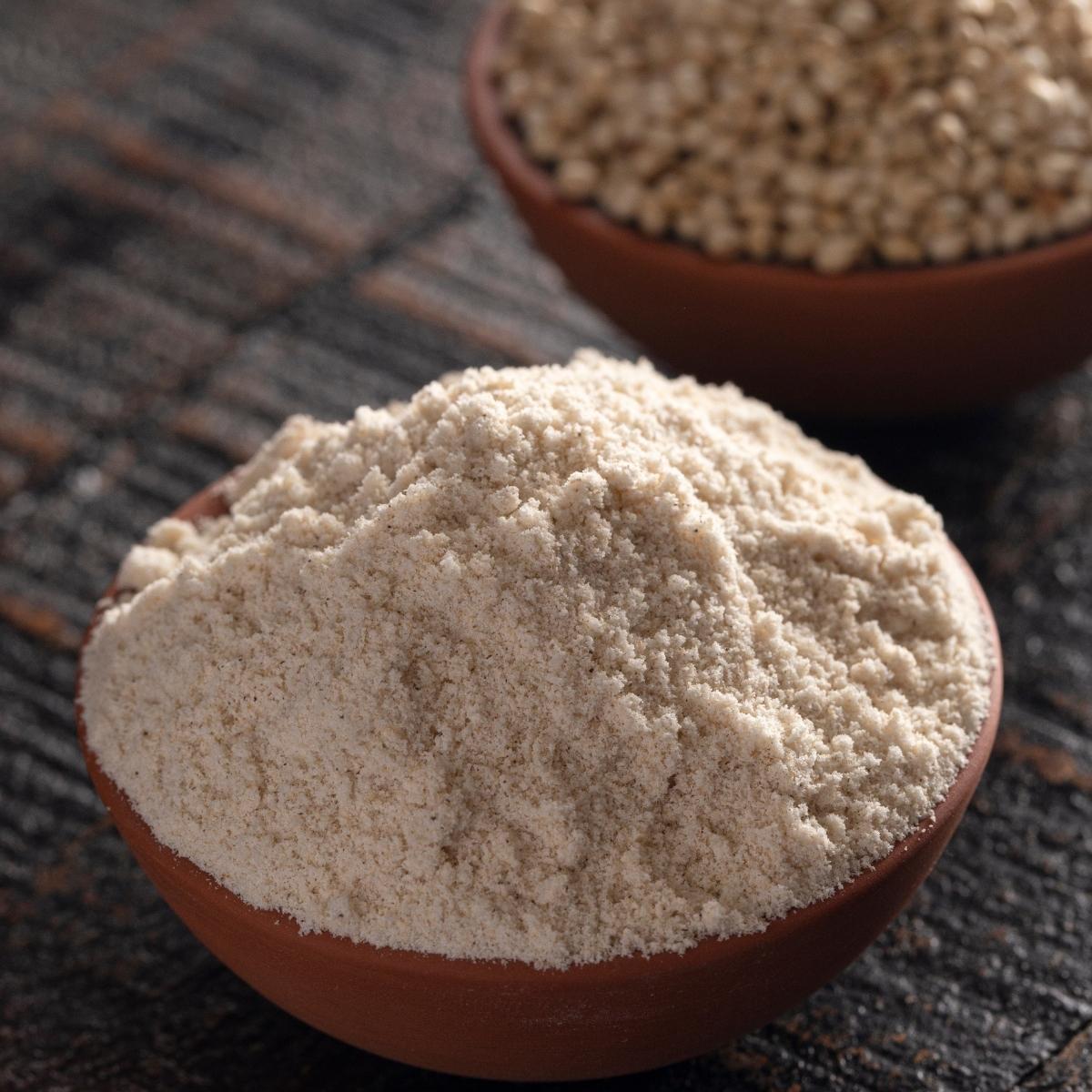
Another gluten-free alternative, sorghum flour is a whole grain flour milled from sorghum seeds which traces its source to Africa and Australasia. It offers a mild, sweet flavor, as well as a smooth texture and thickening qualities. It is a great option for a cornflour substitute in most recipes.
12. Self-Rising Flour
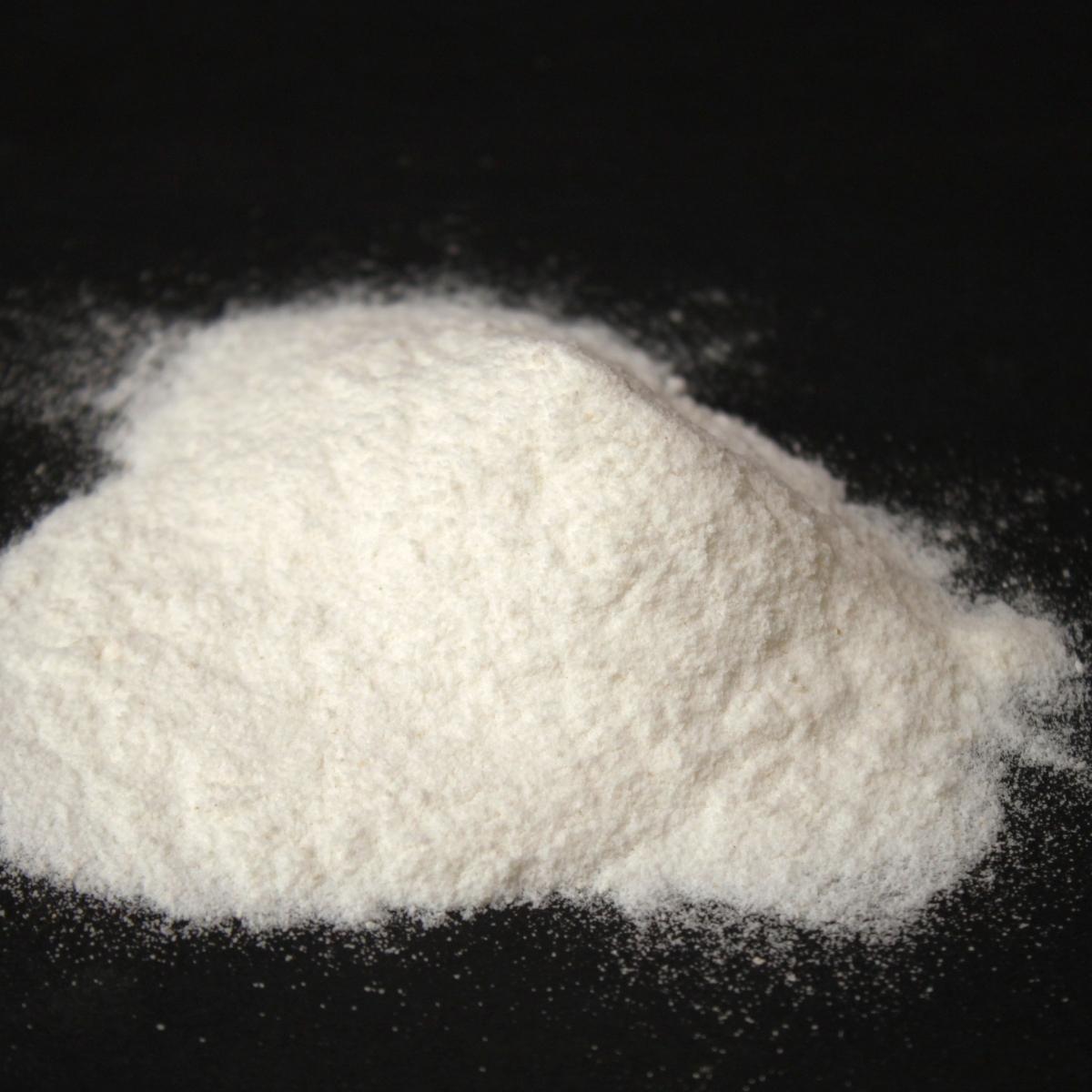
Don’t let the fancy name trick you. Self-rising flour is simply your regular flour but (usually) with salt and baking powder added, which acts as a raising agent. This type of flour saves you the step of adding the raising agent to your recipes, which requires extra time for your bake recipes to rise. Both conventional self-rising flour or gluten-free self-rising flour work in this case.
13. Ground Flaxseed
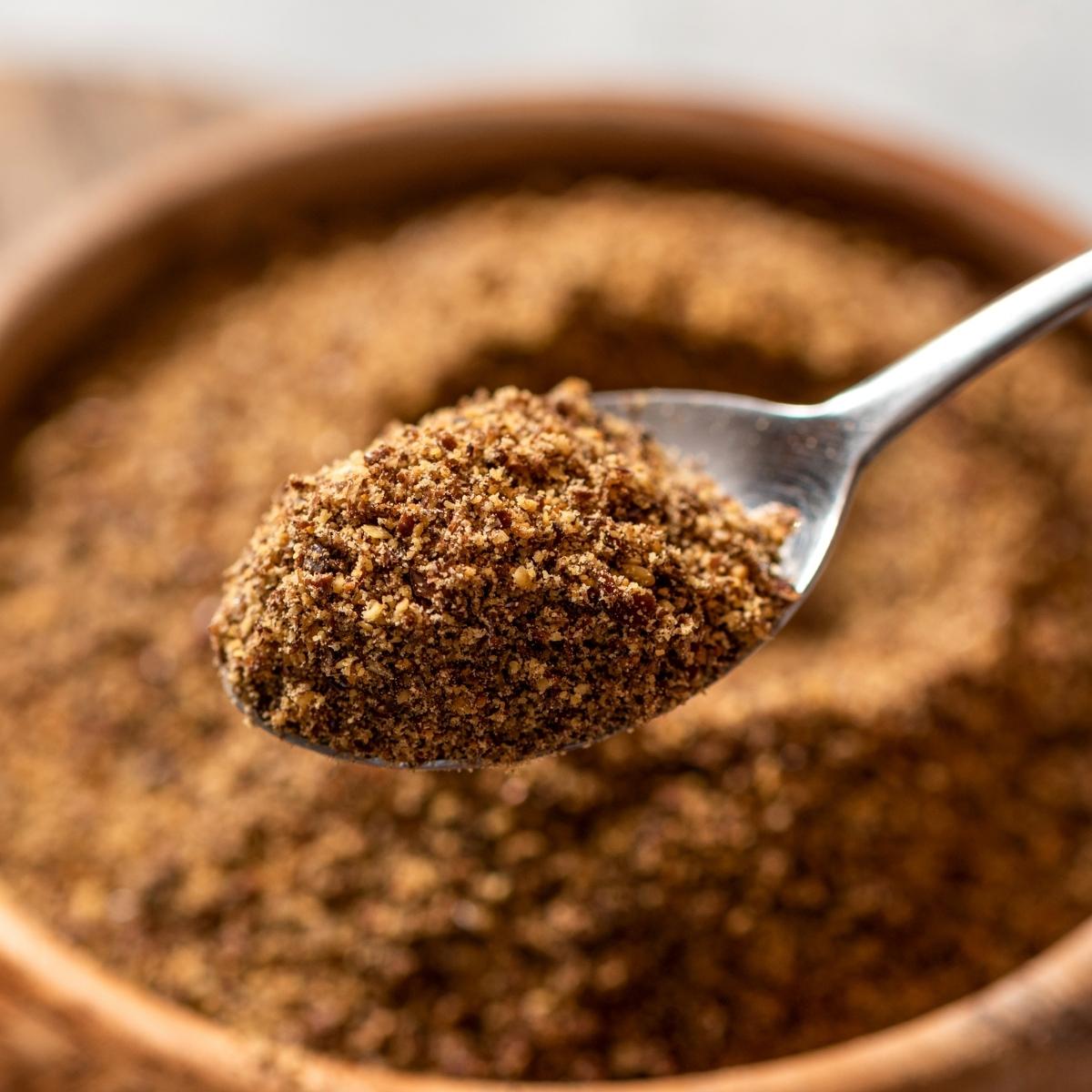
Ground flaxseed, an ingredient usually found in the health food section of your grocery, may pitch in as a corn flour substitute. It adds additional health benefits: it’s high in fiber and omega-3 fatty acids, as well as phytochemicals called lignans. These improve one’s digestive health, help lower blood cholesterol, and cumulatively help reduce the risk of heart disease. Because of its high oil content, you may need to reduce your butter or oil combination in the mix.
14. Semolina Flour
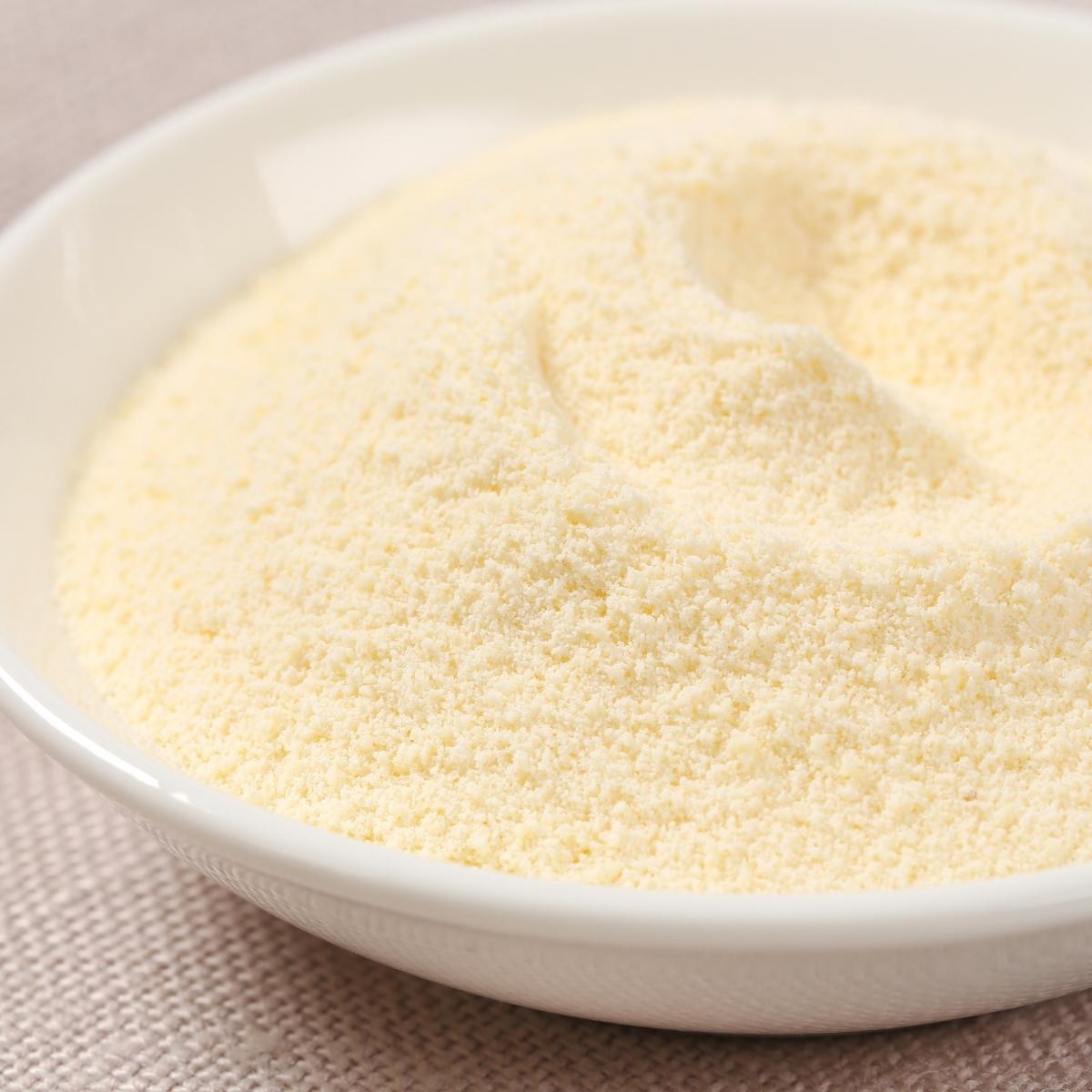
Semolina, sourced from a variety of wheat called durum, is commonly used to make fresh pasta, but may also be used as a substitute for corn flour. The combinations are the same for cornflour (1:1), which yields a flavorful recipe for baking. Do note that semolina flour, as with any wheat-based flours, has a higher gluten content compared to the other alternatives.
15. DIY Cornflour
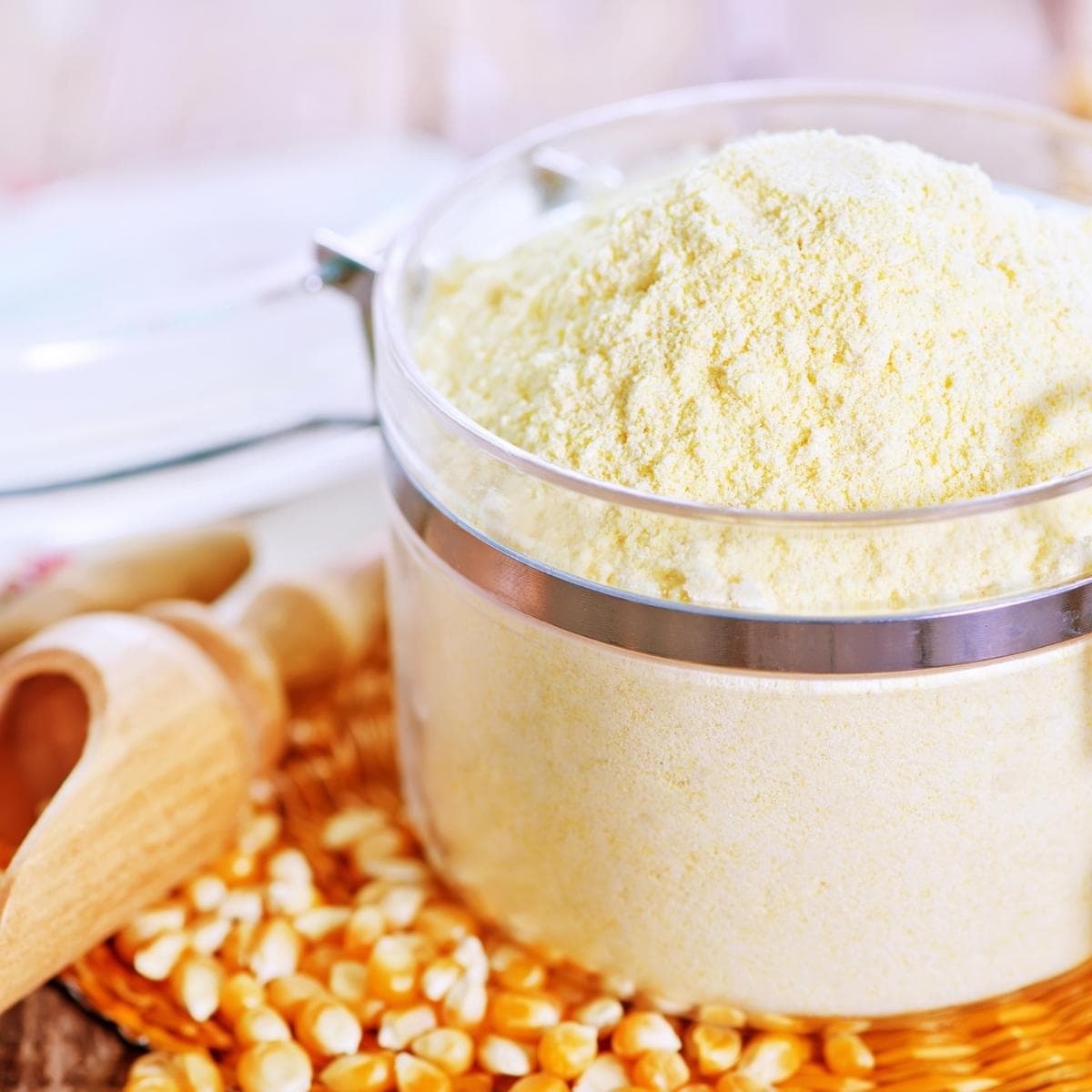
Finally, when the only good alternative available is old-fashioned corn kernels (yes, popcorn kernels work!), why not make your own? It may take a while, but the process is easy: boil corn kernels (about five minutes), bake the boiled kernels in an oven (around 150º until dry), then run them through a food processor or blender to grind them to a fine consistency. Voila! DIY cornflour! It can be used just as a recipe calls for.
❓FAQ
Thickening a sauce—or anything for that matter—doesn’t rely on cornstarch. It’s but one of many thickening agents, and any of the substitutes in the article will do in a pinch. Just take note of their particular characteristics!
Some of the alternatives in this article work for cookies. If you’re looking for gluten-free substitutes, in particular, try tapioca flour, arrowroot flour, or sorghum flour.
Among the best substitutes for corn flour for a pavlova include white rice flour and potato flour. Use it 1:1 for the best results.
For cakes, go for the flour alternatives in this list. Brown rice flour would be my first pick. Careful not to substitute corn starch, though! Too much and the cake might turn out too tender.

![Best Cornflour Substitutes [15 Best Corn Flour Alternatives]](https://moonandspoonandyum.com/wp-content/uploads/2022/02/Pinterest-Pin-Templates-Moon-and-Spoon-and-Yum-4-465x1024.jpg)
